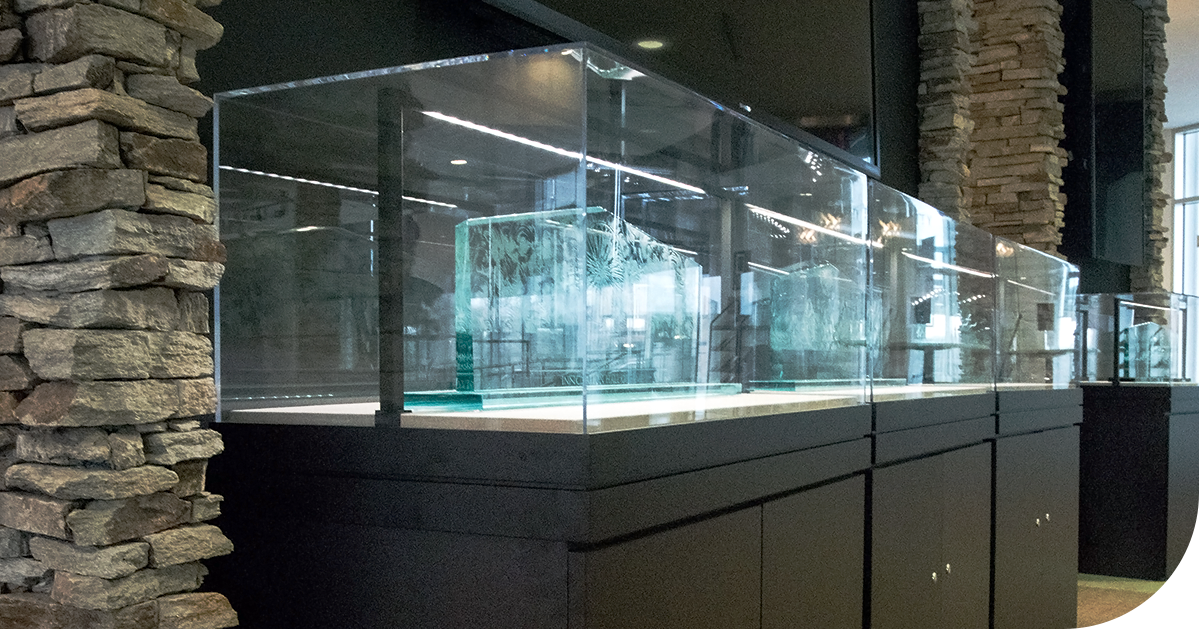When choosing an exhibit case to display valuable or sensitive objects, one of the most important—but often overlooked—factors is the air exchange rate or AER. This simple concept has a big impact on how well your display case protects its contents from environmental threats.
What is Air Exchange Rate?
Air exchange rate measures how often the air inside an exhibit case is replaced by air from the surrounding room. It’s usually expressed as the number of air changes per day. For example, an AER of 1/day means all the air inside the case is replaced once every 24 hours.

Specialists use techniques like tracer gas testing or smoke tests to measure how quickly air moves in and out of a case. This helps verify that a case meets the required standard before use.
Why is AER Important?
By choosing exhibit cases with a low AER of less than one air exchange per day, you limit:
- Humidity Fluctuations: A low AER means the case is better at buffering sudden changes in room humidity, which can damage sensitive materials like wood, textiles, and paper.
- Pollutant and Dust Exposure: Lower AERs reduce the amount of dust, pollutants, and corrosive gases (like sulfur dioxide and nitrogen dioxide) entering the case, protecting objects from tarnish, corrosion and soiling.
- Need for Silica Gel: With a lower AER, less silica gel is needed to control the environment within the display space. This also reduces the number of times the silica gel needs to be reconditioned.
- Long-Term Conservation: Stable microclimates inside well-sealed cases help preserve artifacts for the long term, reducing the need for frequent cleaning or conservation treatment.
What AER should I look For?
Most museums should look for cases with an AER between 1 and 0.1 per day, balancing protection, practicality and cost.
Key Takeaways When Purchasing an Exhibit Case
- Ask the manufacturer for the air exchange rate of the case.
- Choose a case with an AER appropriate for the sensitivity and value of your objects.
- Remember: a well-sealed case protects better, but may cost more and require more precise construction.
- Regularly check and maintain seals, as aging gaskets and mechanical parts can increase the AER over time.
For more information:
- Degree of Case Seal: Air Exchange Rates - American Institute of Conservation (AIC) Wiki
- Determining Exhibit Case Air Exchange Rates - American Institute of Conservation (AIC) Wiki
- Airtightness Measurement of Display Cases and Other Enclosures - Canadian Conservation Institute (CCI)

